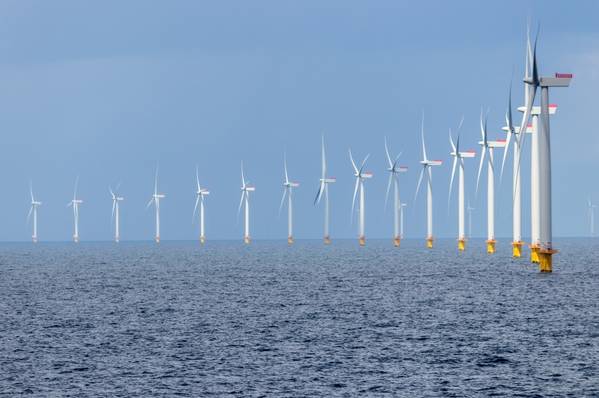
Sweden-based OX2 has started the development of the offshore energy hub Neptunus in the southern Baltic Sea, offshore Sweden.
According to OX2, the energy hub is estimated to have a total installed capacity of 1.9 GW and will produce both electricity and hydrogen.
OX2 plans to set up the energy hub in the Swedish economic zone, about 50 kilometers off the coast of Blekinge.
It will comprise offshore wind turbines as well as installations to convert electricity to hydrogen. The annual production is estimated to be 8 TWh of electricity, corresponding to about 5 % of Sweden’s current annual electricity consumption.
"OX2 has screened and conducted surveys in the area during the last two years and during the winter conducted consultations where authorities and the public have been informed and have been given the opportunity to submit comments. The next step is to compile an Environmental Impact Assessment (EIA) which will be submitted during 2023-2024. The energy hub can be in operation in the early 2030s," OX2 said.
"The shift towards hydrogen, fossil-free industries and general electrification demands huge amounts of renewable energy and Neptunus is strategically located to play a key role in this transition. I am happy to announce we have included another project to the Swedish development portfolio," says Emelie Zakrisson, Head of Offshore Wind Development Sweden, OX2.
Hydrogen, OX2 says, is expected to play a key role as an energy carrier in the future energy system, as heavy industry and transport need solutions to reduce carbon emissions. Hydrogen can be used to store, transport and supply energy as well as be converted to other e-fuels. The planned electricity production of Neptunus would facilitate a hydrogen production of up to 225,000 tons yearly, the company says.
OX2 also said it would investigate if the oxygen, which is a biproduct of hydrogen production, can be used to oxygenate the bottom waters of the Baltic Sea in the project area.
At the end of the fourth quarter, OX2’s portfolio of offshore wind projects was 13.9 GW.